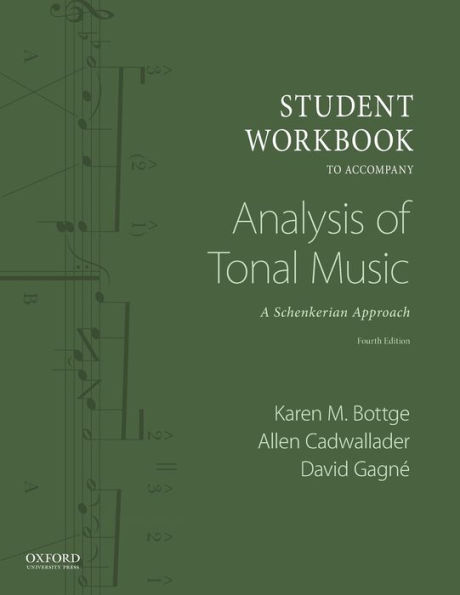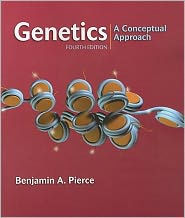Home
Analysis of Tonal Music: A Schenkerian Approach / Edition 4
Barnes and Noble
Loading Inventory...
Analysis of Tonal Music: A Schenkerian Approach / Edition 4
Current price: $172.99

Barnes and Noble
Analysis of Tonal Music: A Schenkerian Approach / Edition 4
Current price: $172.99
Loading Inventory...
Size: OS
*Product information may vary - to confirm product availability, pricing, shipping and return information please contact Barnes and Noble
In this highly anticipated new edition of
Analysis of Tonal Music: A Schenkerian Approach,
authors Allen Cadwallader, David Gagné, and Frank Samarotto use specific, memorable compositions to explain structural principles. This approach teaches students how to think about, critically examine, understand, and perform great compositions of Western art music.
Part 1 covers principles fundamental to the study of Schenkerian analysis
and includes discussions of melody, counterpoint, bass-line structures, the imaginary continuo, linear techniques, and the essential properties of the
Ursatz
(fundamental structure).
Part 2 presents complete compositions by formal category,
beginning with one-part forms; proceeding through binary, ternary, and rondo forms; and concluding with the sonata principle. The book includes more than 200 analytical graphs, an appendix on graphic notation, and a bibliography.
Analysis of Tonal Music: A Schenkerian Approach,
authors Allen Cadwallader, David Gagné, and Frank Samarotto use specific, memorable compositions to explain structural principles. This approach teaches students how to think about, critically examine, understand, and perform great compositions of Western art music.
Part 1 covers principles fundamental to the study of Schenkerian analysis
and includes discussions of melody, counterpoint, bass-line structures, the imaginary continuo, linear techniques, and the essential properties of the
Ursatz
(fundamental structure).
Part 2 presents complete compositions by formal category,
beginning with one-part forms; proceeding through binary, ternary, and rondo forms; and concluding with the sonata principle. The book includes more than 200 analytical graphs, an appendix on graphic notation, and a bibliography.
In this highly anticipated new edition of
Analysis of Tonal Music: A Schenkerian Approach,
authors Allen Cadwallader, David Gagné, and Frank Samarotto use specific, memorable compositions to explain structural principles. This approach teaches students how to think about, critically examine, understand, and perform great compositions of Western art music.
Part 1 covers principles fundamental to the study of Schenkerian analysis
and includes discussions of melody, counterpoint, bass-line structures, the imaginary continuo, linear techniques, and the essential properties of the
Ursatz
(fundamental structure).
Part 2 presents complete compositions by formal category,
beginning with one-part forms; proceeding through binary, ternary, and rondo forms; and concluding with the sonata principle. The book includes more than 200 analytical graphs, an appendix on graphic notation, and a bibliography.
Analysis of Tonal Music: A Schenkerian Approach,
authors Allen Cadwallader, David Gagné, and Frank Samarotto use specific, memorable compositions to explain structural principles. This approach teaches students how to think about, critically examine, understand, and perform great compositions of Western art music.
Part 1 covers principles fundamental to the study of Schenkerian analysis
and includes discussions of melody, counterpoint, bass-line structures, the imaginary continuo, linear techniques, and the essential properties of the
Ursatz
(fundamental structure).
Part 2 presents complete compositions by formal category,
beginning with one-part forms; proceeding through binary, ternary, and rondo forms; and concluding with the sonata principle. The book includes more than 200 analytical graphs, an appendix on graphic notation, and a bibliography.

















